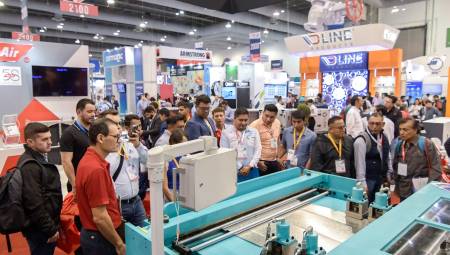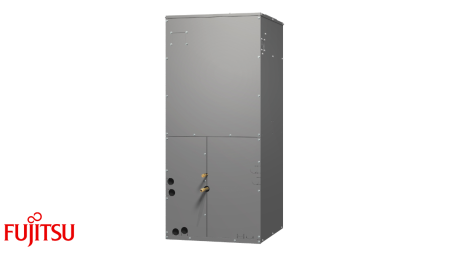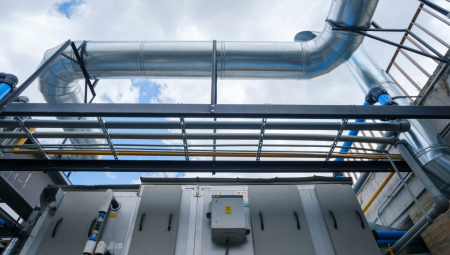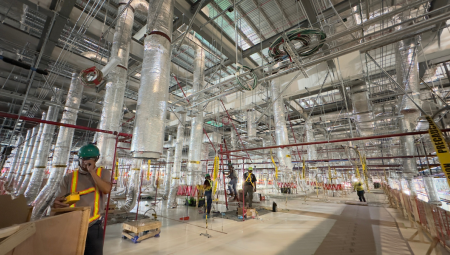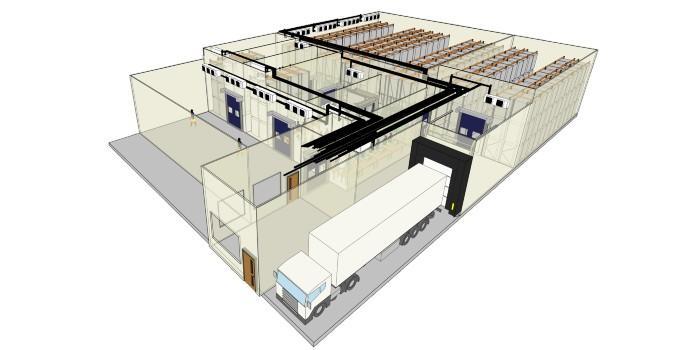 We analyze the characteristics of a methodology that allows optimizing projects within the refrigeration sector.
We analyze the characteristics of a methodology that allows optimizing projects within the refrigeration sector.
by María José Gallego*
Since the emergence of 2D modeling through a computer (Computed Aided Design – CAD) in 1963, several developments have been made that have allowed the design, change control, decision making and integration into projects to be carried out more effectively and safely.
Taking into account the need of the market in terms of using a tool capable of combining the different disciplines efficiently, it is that we can currently have several Softwares that allow us to use the BIM methodology (Building Information Modeling) as the best tool to unify all knowledge and achieve a single model that provides information at all scales: conceptual, basic and detailed.
It is important to note that BIM does not mean a modeling software, but a methodology that manages to integrate all, or most architecture and engineering processes that affect a construction (new or existing).
This methodology has allowed the evolution of engineering in its design stage to be accelerated, achieving that every day, all related fields such as civil engineering, environmental engineering, mechanical engineering, sanitary engineering, electrical engineering, among others, are exploited and enhanced.
In its beginnings, the BIM methodology only involved what was related to architecture and amounts of civil works, however, today, we can perform all kinds of networks, sewerage, lighting, ductwork, wiring and piping, in addition to making calculations related to thermal loads, electrical loads, air flows, pressure and temperature changes in spaces, among many other tasks that can be managed from the same model, adding clarity and value not only to the agents involved in the design, but also to the builders, contractors, suppliers, sellers, and all those people and entities that are involved in the design and subsequent execution of the project.
BIM in mechanical engineering
Mechanical engineering has been one of the last disciplines to join the BIM methodology, because the 3D modeling of mechanical engineering is largely carried out under CAM (Computer-Aided Manufacturing) and CAE (Computer Aided Engineering) models, which were traditionally carried out in modeling software that did not allow architectural and civil integration. However, in recent years, this integration has been getting closer, and this implementation is carried out in several companies and in some disciplines such as refrigeration engineering.
In our company, MB Ingeniería, we have been applying 3D to our cooling designs for 2 years, and we have implemented the BIM methodology through REVIT for 1 year and a half, which has allowed us to have a real and precise approach in each of the 27 projects in which we have had the opportunity to work under these standards, and in this same way, the possibility that our clients can make decisions based on reality, counting on real amounts of work and precise construction materials, as well as a management of reduced execution times and a global vision of the project from the conceptualization of the distribution of areas to the final installation of equipment and accessories.
In addition to the above, the benefits of using a 3D design under the BIM methodology, maximize the customer experience, this because the interaction with the design is done in a more natural, organic and fluid way, considering that you have the opportunity to observe the time and space of each of the areas of the design through videos, you take areas, 3D views and detailed views.
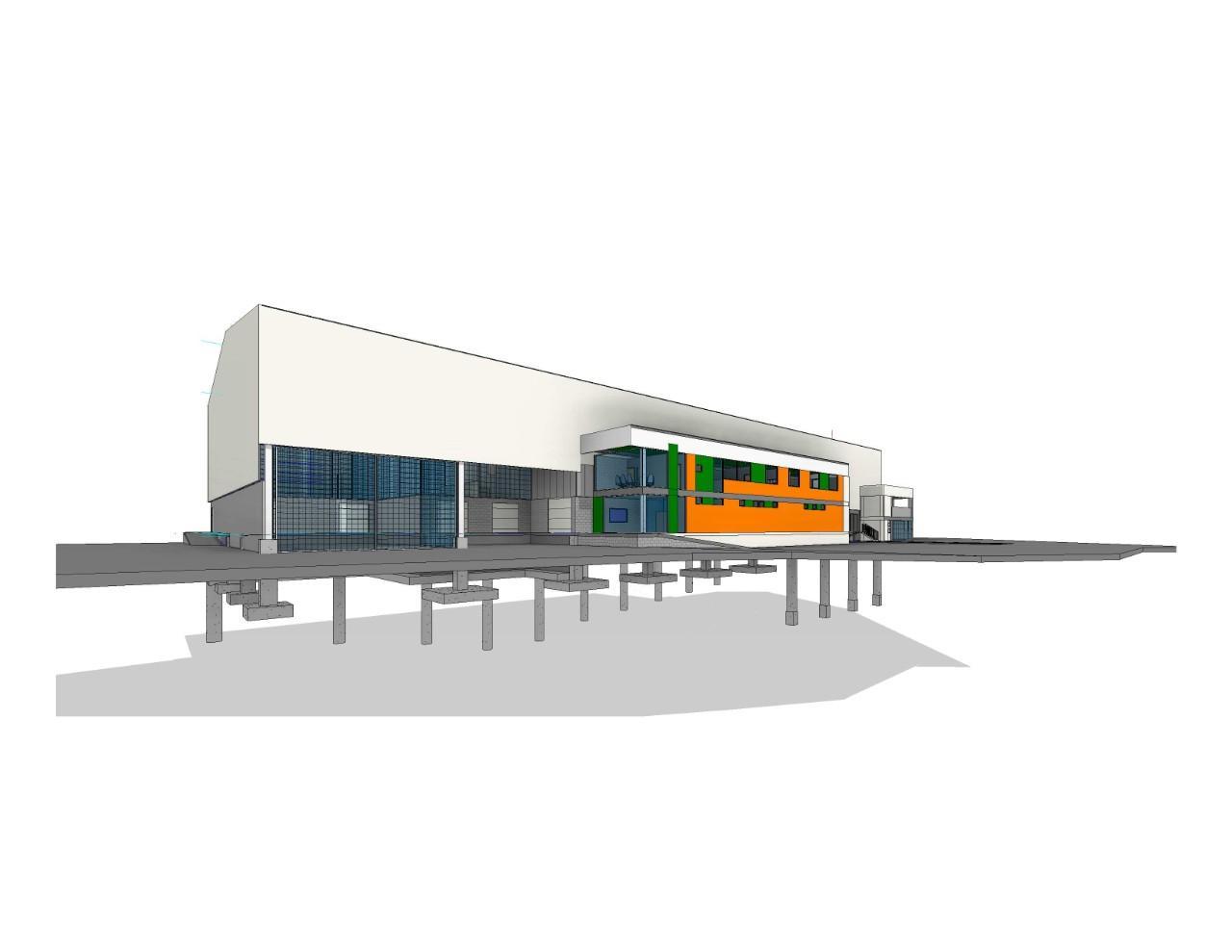
Initially in MB Ingeniería, we only made 3D models that were visually functional, but we did not perform CAE models or integration with other disciplines, however, after a few months, we understood the capabilities of this methodology and our standards as a company were raised to such an extent that today, we perform air simulations inside cold rooms, calculation of pipelines, installation plans, management of detailed quantities of work, and detailed installation manuals integrated with the entire site architecture.
Within a 3D design (under BIM methodology) in industrial refrigeration, there are some related subdisciplines that make integration a vital tool for any designer. These correlations are, for example:
1. The cooling panel is directly related to the architecture of the site, as well as its structure and surroundings.
2. The equipment that makes up the cooling system (condensing units, evaporators, compressor rack, electrical board, valves, etc.), are directly related to the electrical engineering of the project, as well as the structural one.
3. The system pipeline correlates with all the disciplines that are involved within the project, since it shows us intersections, maintenance zones, structures, risk zones, etc.
Therefore, the importance of making correct use of the methodology, means, within a cooling project of any kind and magnitude, success at the time of installation, in addition to agility at the time of performing any type of maintenance, change of equipment, change of elements, correction of leaks in the pipeline, among other post-construction actions that can happen.
Within our experience, we find the following advantages over a conventional design made in 2D:
• Detailed plans of 3D pipe installation
• Detailed plans of 3D paneling installation
• Quantities of work (panel, pipe, fittings, valves, etc.) in real time.
• Reduction of installation times of the refrigeration contractor.
• Internal tours of the cold rooms for the real dimensioning of the spaces.
The competitive advantages of a company that is dedicated to refrigeration design implementing BIM methodologies, are potentially increasing, since, every day, within the country, we find more designers from all disciplines and fields that make their proposals based on integration, and in this way, entering the conversation is increasingly important and significant within the investments before, during and after the construction of a project.
* María José Gallego is a mechanical engineer from the EAFIT University of Medellín- Colombia, and the innovation leader of MB Ingeniería.








